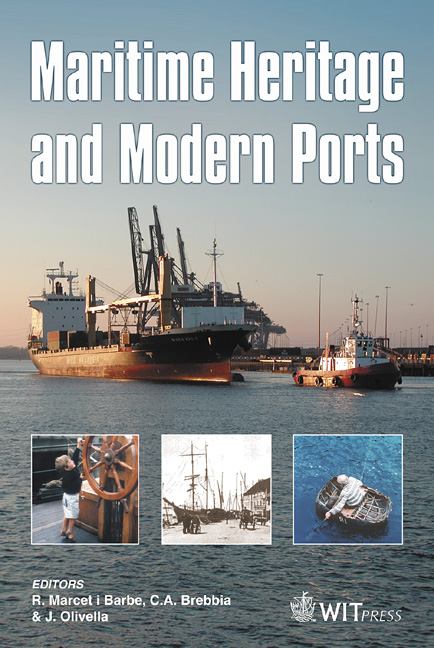Ship Waiting Time In A River Port With Priority Servicing And Limited Anchorage Area
Price
Free (open access)
Transaction
Volume
79
Pages
9
Published
2005
Size
307 kb
Paper DOI
10.2495/MH050281
Copyright
WIT Press
Author(s)
S. Jovanović, J. Olivella & Z. Radmilović
Abstract
Arrivals and loading/unloading operations of ships and barges in river ports are frequently considered to be of a stochastic nature and are therefore convenient to be modelled with queueing theory. In this paper, we considered a hypothetical port in which ship arrivals are assumed to follow the Poisson distribution and their servicing, that is, loading and/or unloading rates are assumed to have a deterministic distribution with constant service rate. In addition to this, we assumed that the vessels are served on a \“first come – first served” basis with non-preemptive priorities and that the anchorage area is limited, being situated in the restricted inland waterway. As usual in real-life situations, self-propelled (motor) barges and motor ships are given the first class priority and towed or pushed barges are given the second class priority. Due to waiting area (anchorage) restrictions, arriving ships which find the anchorage full are not allowed to join the system, regardless of the priority class they belong to. The whole port system is designed as an M/D/c/N queueing system in Kendall’s notation and approximate solutions were obtained with numerical examples which are intended to be helpful to the port engineer or port planner in designing the process in the best possible, time saving way. Keywords: river port, queuing system, priority servicing, ship arrivals, limited anchorage, ship waiting time. 1 Introduction Real operations with inland ships are considered dependant on the transport technologies or, more precisely, on the kind of ships and tows used on inland
Keywords
river port, queuing system, priority servicing, ship arrivals, limited anchorage, ship waiting time.





